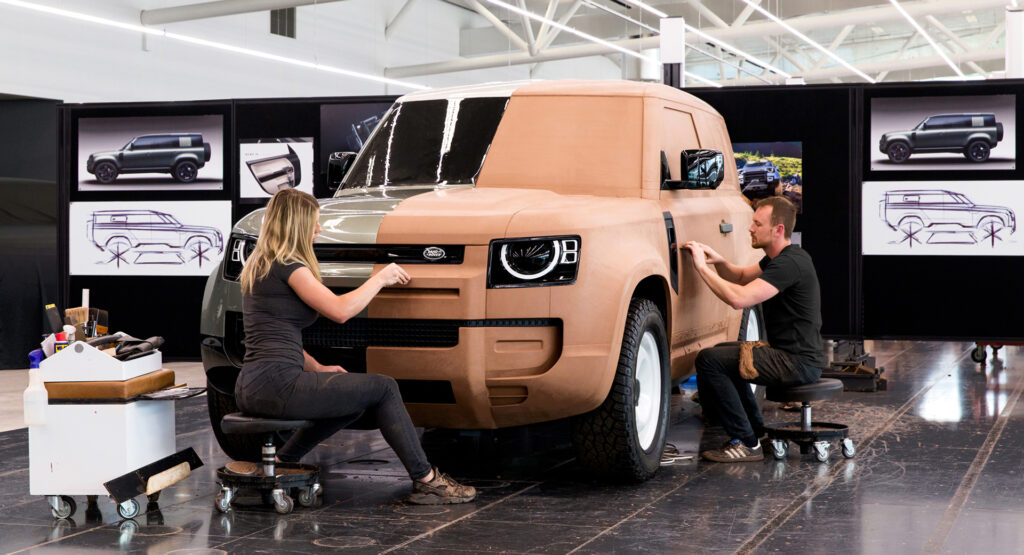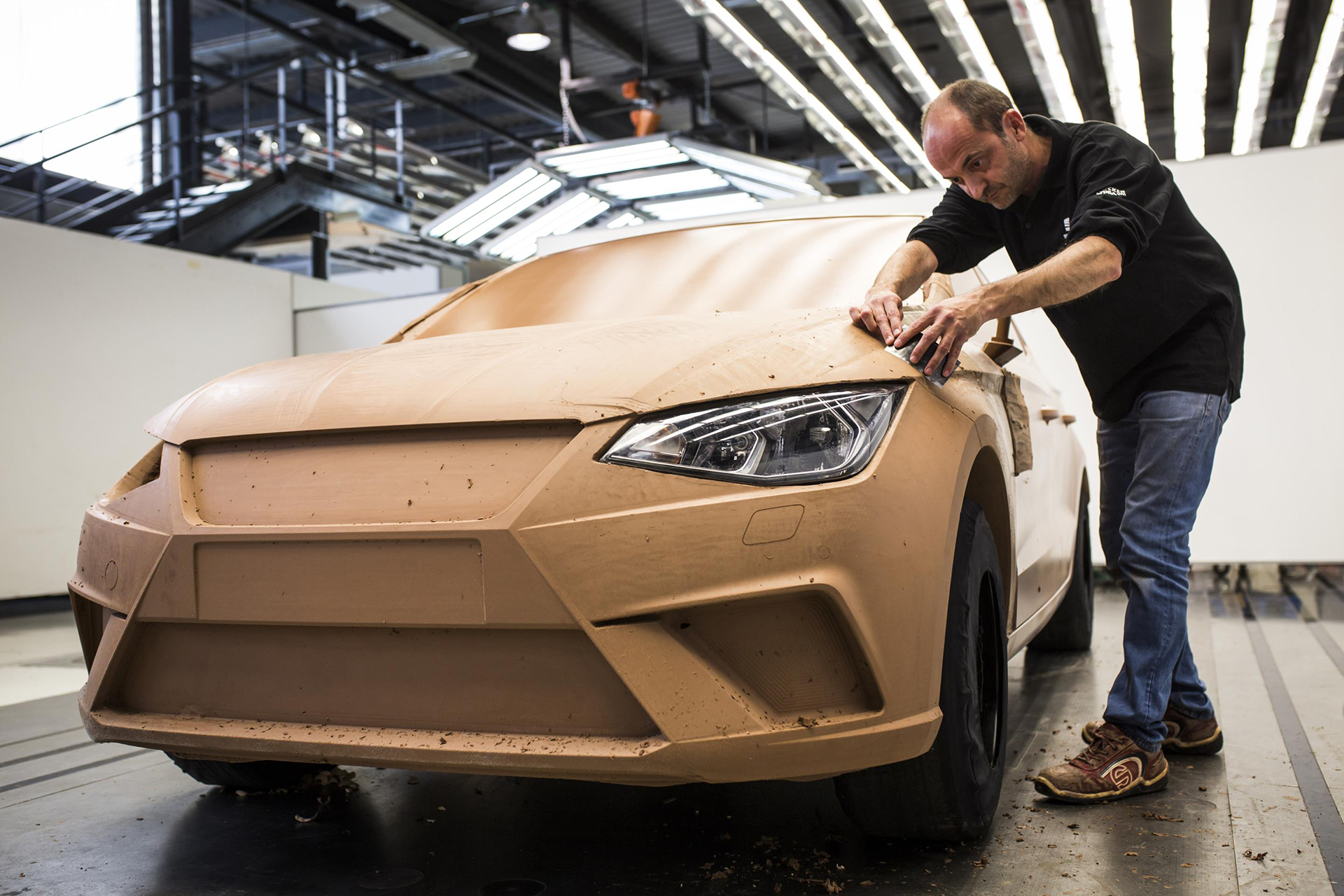For almost 100 years, car companies have been using clay models in the design process of automobile development, but with all the technology available to them now, why do they still employ the technique?
The answer is simple. According to Car Insider, digital technology can make it seem like artisans are creating a 3D image, but in reality, it’s just a 2D image presented in a 3D space. At some point, the design must be viewed in real 3D to see and touch.
The clay models also bring realism to the design. A design that works great in the digital world can sometimes seem awkward when viewed as a real object, and the malleable clay is instrumental in literally smoothing out the proportions of a vehicle.
Clay allows the designers and engineers to make necessary changes quickly without the need for multiple drawings and accurate sketches. This is especially useful in wind tunnel testing when a small change can dramatically affect the aerodynamic efficiency of the vehicle. Renting a wind tunnel for testing can cost thousands of dollars per hour, so quick changes are necessary. The clay model not only allows for that but also extremely detailed changes with a finesse that a computer can’t match.
Read More: Shelby Series 1 Design Prototype Is A Gorgeous Clay Model
Lastly, and likely most importantly, having a physical version of the design is important to see what it looks like under natural light. After all, the vehicle will spend most, if not all, of its life outdoors, so it needs to pass the test under the sun.
The first company to use clay models in its design process was General Motors in the 1930s, pioneered by head of design Harley Earl. The first full-scale clay models allowed the designers to see and touch the design in three dimensions, allowing for a better understanding of the curves and shapes. Moreover, it was actually simpler and faster to build the car out of clay than to design it in a traditional way – making the panels out of steel from scratch.
Modern clay models start out with a steel frame that the wheels are connected to, with most of the shape being made of foam. The clay makes up the fine details of the outer skin, and usually has a thickness between 1-2 inches (25-50 mm). Both clay and digital work together for the bulk of the design work by using a CNC machine to rough out the basic shape.
Clay models can cost automakers hundreds of thousands of dollars to produce, but are still a necessary part of the design process and will probably be for years to come.




